Doctor of North Korean soldier who defected aided by his American 'Master Yoda'
South Korea's "miracle doctor" kept the soldier alive.
SUWON, South Korea -- When a North Korean soldier sprinted across the heavily fortified border between North and South Korea last year, he likely didn’t realize he’d end up being kept alive by a star South Korea doctor and his American mentor.
The defector, 25-year-old Oh Chong-song, was shot from behind by his fellow North Korean soldiers in November, as he collapsed across the border line at the Demilitarized Zone’s “truce village,” or Panmunjom, site of this week’s rare high-level talks between the two countries still technically at war. His daring dash was caught on CCTV footage and broadcast worldwide.
South Korean and U.S. soldiers rushed Oh by helicopter to Ajou Trauma Center just a few miles south of Seoul, in South Korea’s Gyeonggi province. His critical condition made it unlikely he’d survive; he had been shot five times -- seven organs were ruptured by bullets, and he experienced severe blood loss that required 12,000 cc (25 pints) of transfusions.
Watch the the full story on ABC News "20/20" this Friday, Jan. 12 at 10 p.m. ET.
And shockingly, parasitic worms as long as 10 inches were found roaming his intestines.
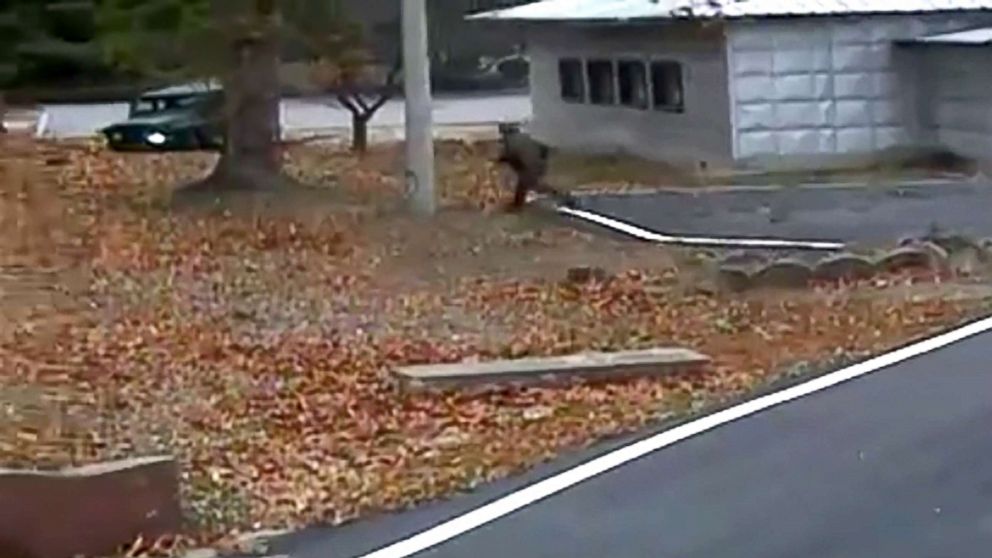
After two major surgeries conducted over six days, Oh regained consciousness at the intensive care unit.
“Is this the South?” he asked the surgeon, Lee Cook-jong, who eventually became his first South Korean friend throughout his 33 days of post-surgery treatment.
The ‘miracle doctor’
Lee, deemed a “miracle doctor” in local media, is a national hero in South Korea.
He rose to fame after saving the life of an abducted ship captain shot multiple times by Somali pirates in the Gulf of Aden in 2011. That widely reported national rescue operation and the story of Lee’s relentless devotion to save his seriously wounded patient led to series of television medical dramas based on the 49-year-old surgeon who works tirelessly running the emergency trauma center at the Ajou University Hospital in Suwon, South Korea.
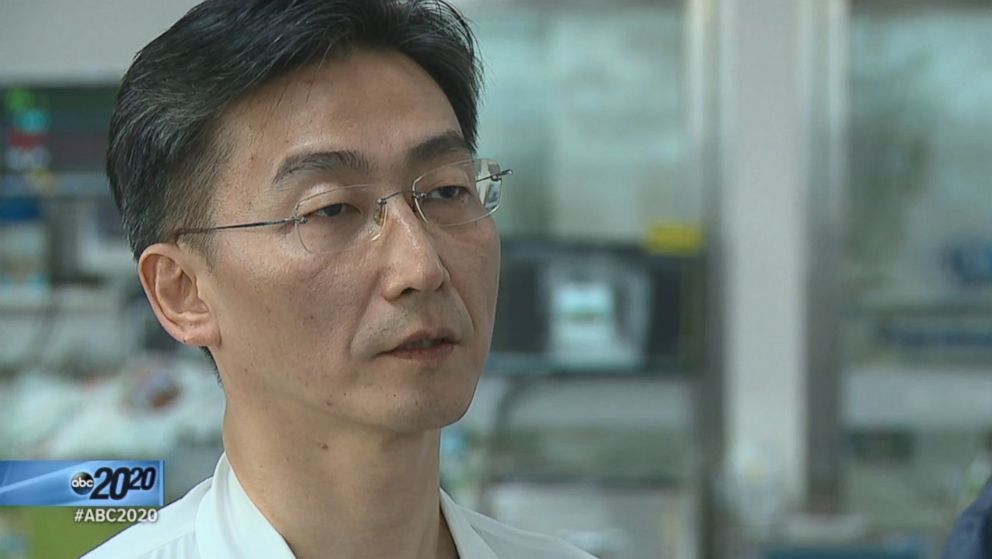
“Hospitals portrayed in TV shows… they don’t exist in reality,” Lee told ABC News in an interview. He is quiet, stoic, and rarely smiles -- but when a critical patient is in sight, he “transforms into a sharp and passionate charismatic” leader, one of his nurses said.
“I have a lot of painful memories. It haunts me to think of those hundreds of patients my team treated, had fought to survive, but ended up dying,” Lee recollected with a face that looked frozen, his trademarked look revered by fans. “I am in debt to them, I don’t have much to smile or laugh about.”
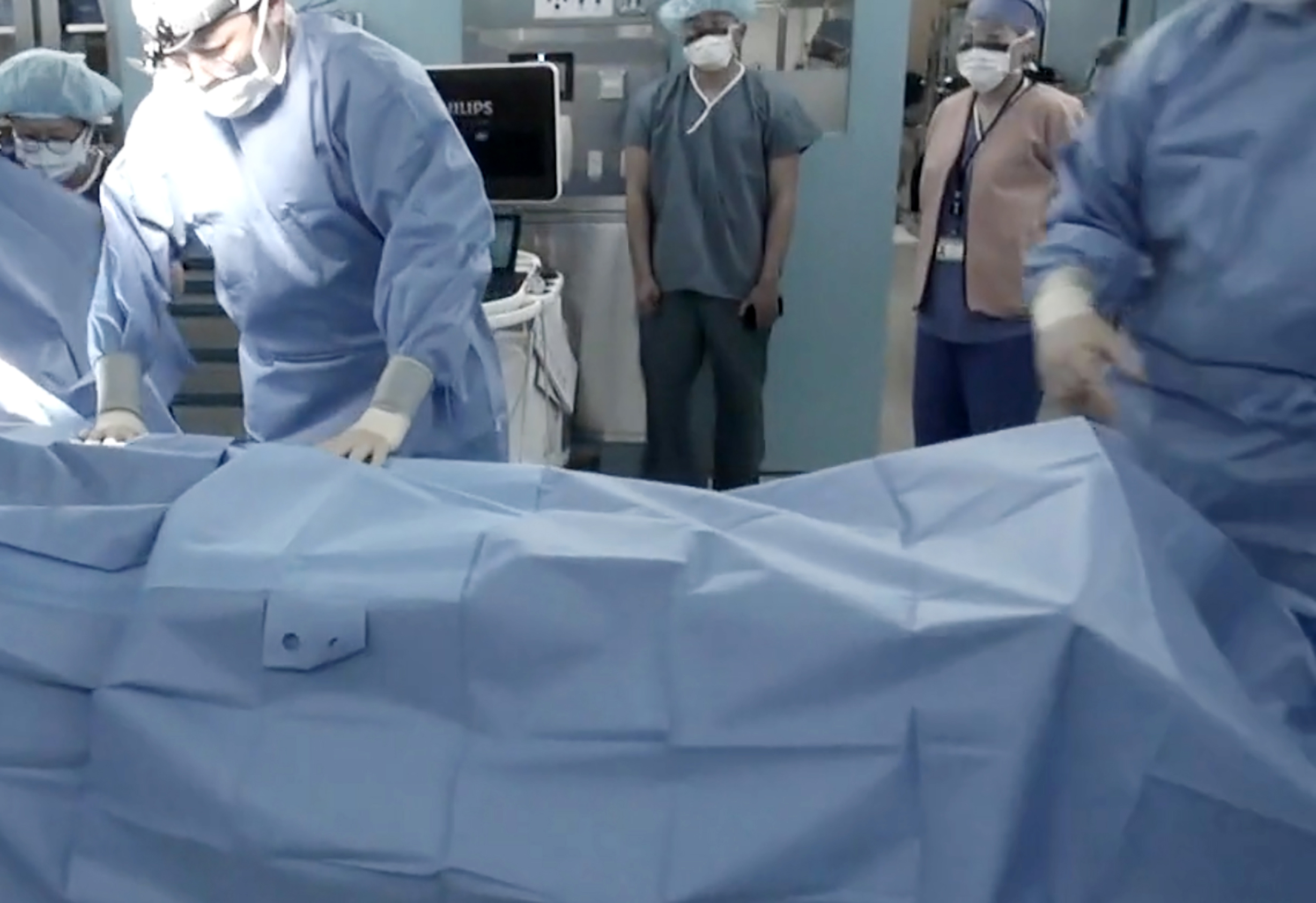
‘Master Yoda’
Lee recalls his childhood as a rough and tough one.
His father, a Korean War veteran, lost an eye and suffered arm injuries, and what is known as "second-degree disability" -- one level away from being completely disabled -- for a lifetime. Lee’s family had to fight poverty and discrimination against disabled citizens.
“We had this medical card for families of war veterans. But the hospitals refused to treat us,” he said. “One day, this sympathetic doctor treated me for free and told me to study hard and become someone great.”
It was then that he decided to pursue a career in medicine.
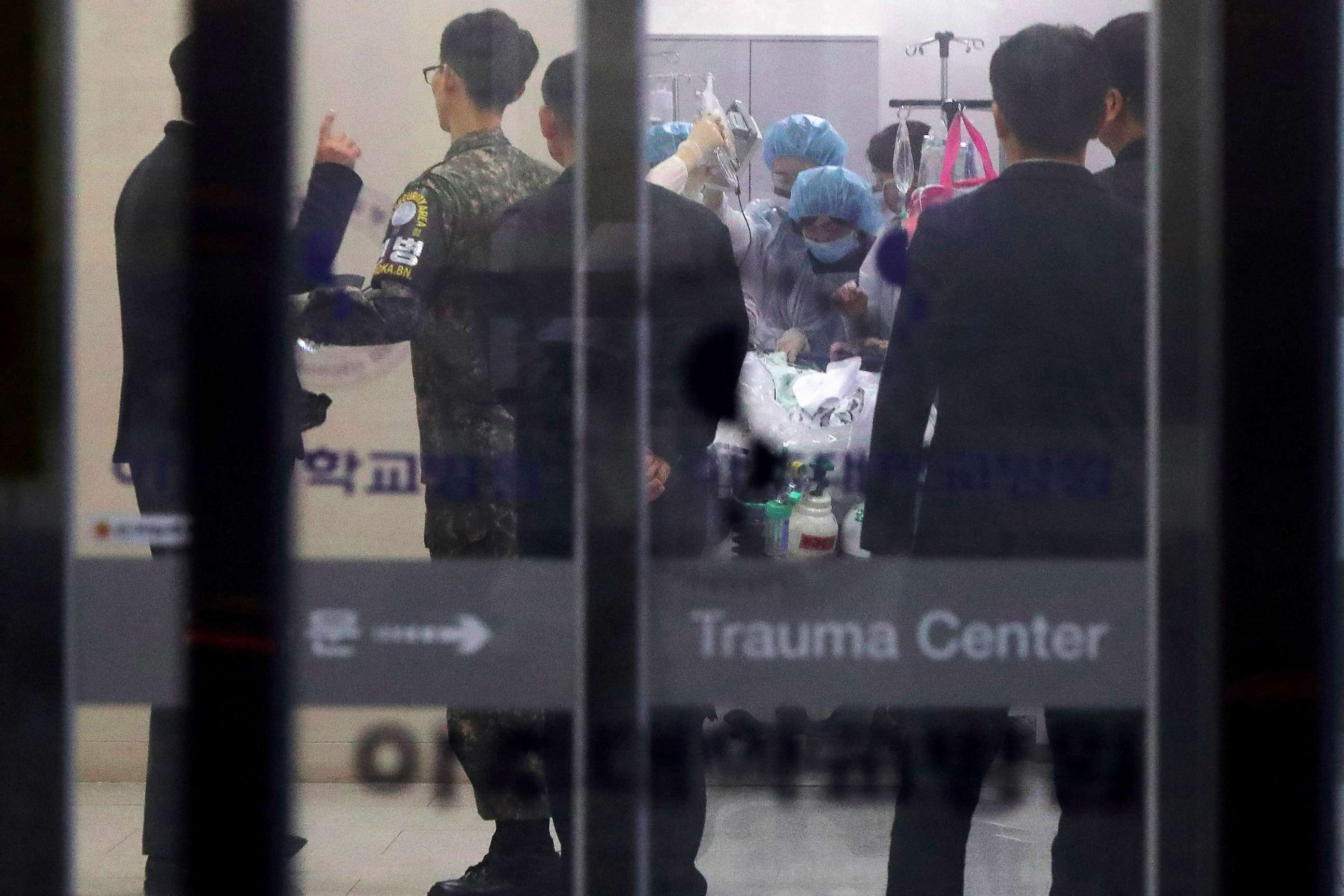
His ever-stoic countenance finally changed when he spoke of the influence American doctors had on his career.
He boasted how much he owes American doctors and U.S. military generals based in South Korea who helped set up his Ajou Trauma Center, modeled after American standards.
“This operations room is the exact replica of the UC [University of California] San Diego Trauma Center,” Lee said, pointing to beds in two openly connected rooms, or “trauma bays,” where patients come straight onto the operating table without having to register or be carried around to other areas for checkups before major surgery.
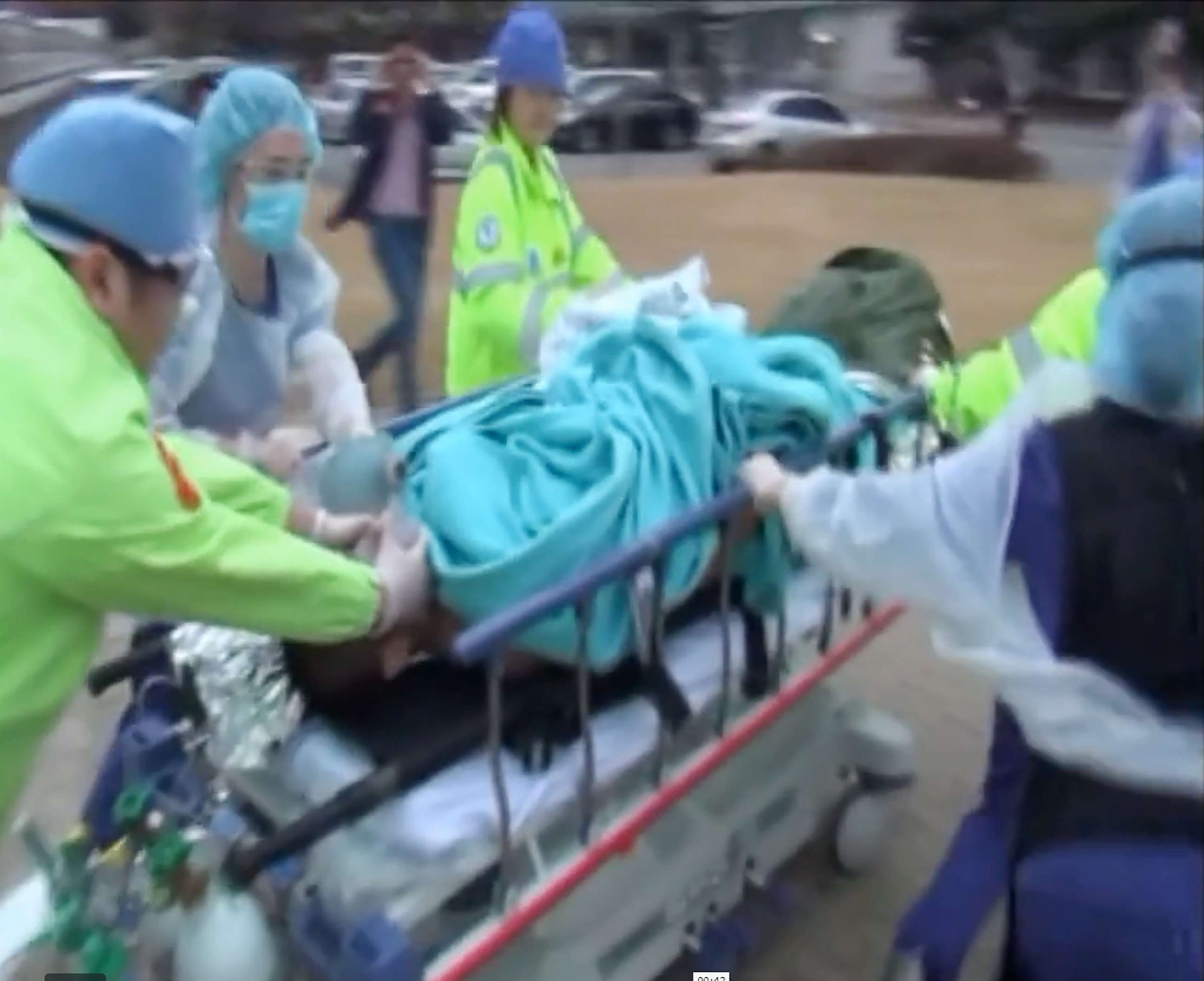
The North Korean soldier’s immediate transport to Lee’s trauma center saved his life, Lee said. “He was transferred here from DMZ area right away,” Lee said.
His condition was dire, Lee said. “The information that I had before he touched down here was he was totally unconscious," he said.
Lee went to work, and by coincidence, an American colleague happened to be in town, Lee said.
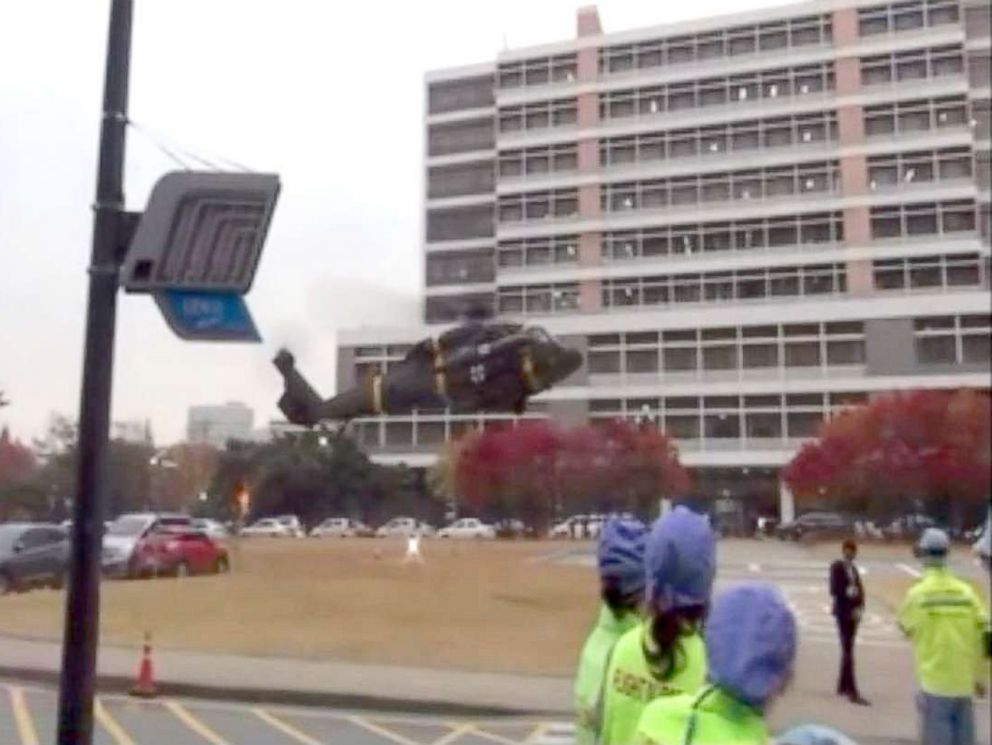
“My American mentor and professor Raul Coimbra was right here, when Oh Chong-song was flown into this room on the Black Hawk run by the casualty evacuation team, referred to by the military as the "Dustoff" team. That golden time saved his life.”
Coimbra, whom Lee refers to as Master Yoda from “Star Wars,” is the surgeon-in-chief of the UC San Diego Medical Center in San Diego. He happened to be visiting Suwon for a seminar when the North Korean arrived.
The American doctor was abruptly called in to help the team deal with an urgent patient. It took some time for both of them to find out that this young dying Korean man in the trauma bay was in fact a North Korean soldier.
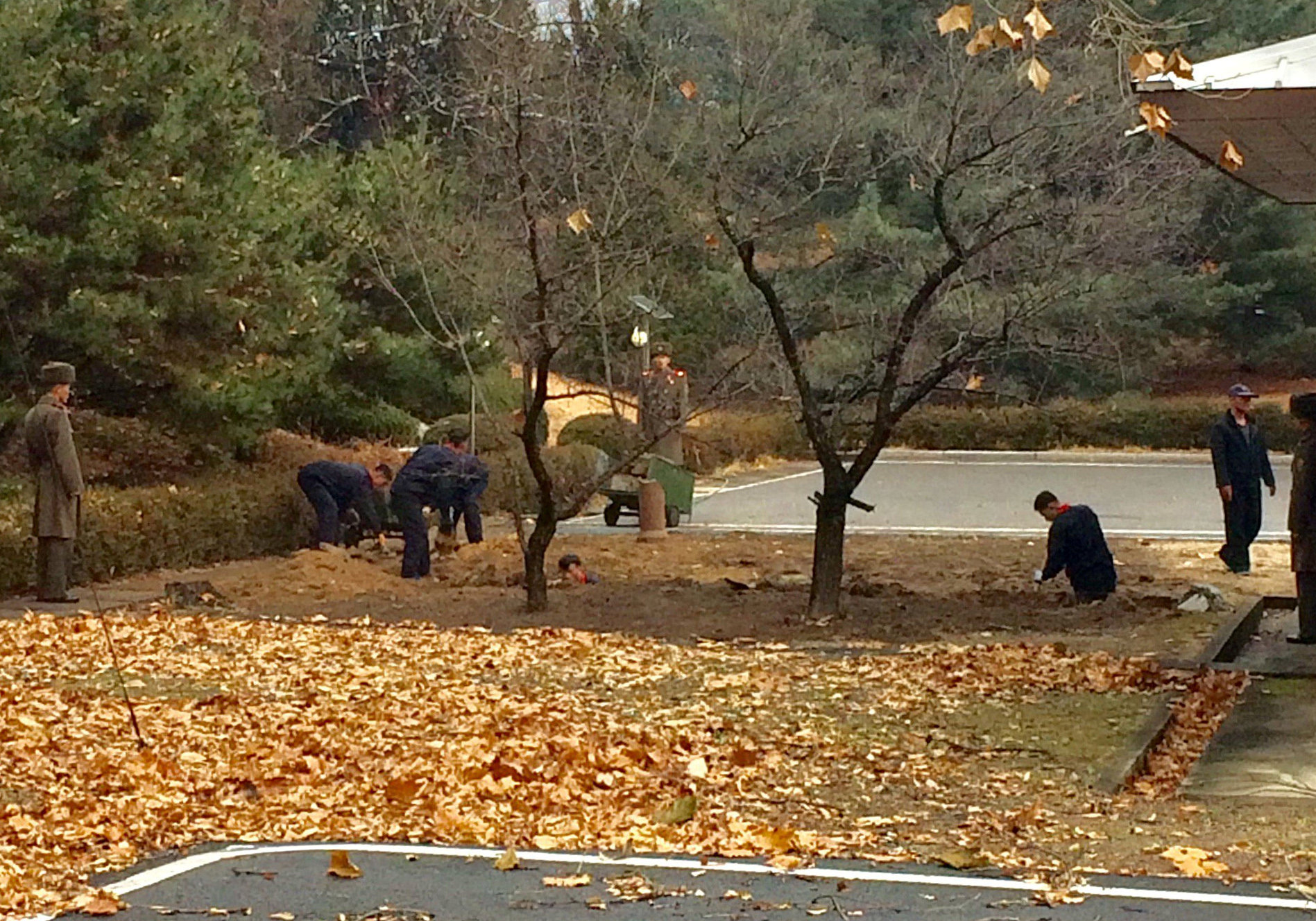
Even as Lee and Oh subsequently developed a friendship, security remained strict -- Oh was under constant guard, and Lee had to pass through multiple levels of security every time he made the morning and evening checkup rounds -- a reminder of the tension between the two Koreas.
’I am a Jedi on a mission’
Lee has worked to improve what he says are the shortcomings of the healthcare system in South Korea, where, he said, more than 30,000 trauma patients die annually because they don’t get proper treatment in time.
“I am a Jedi on a mission to fight stigmas in Korean medical system,” he said. “It is a failed system -- so inefficient that critically wounded patients, who could have been saved had they been treated within the half-hour golden time, lose [their] lives.”
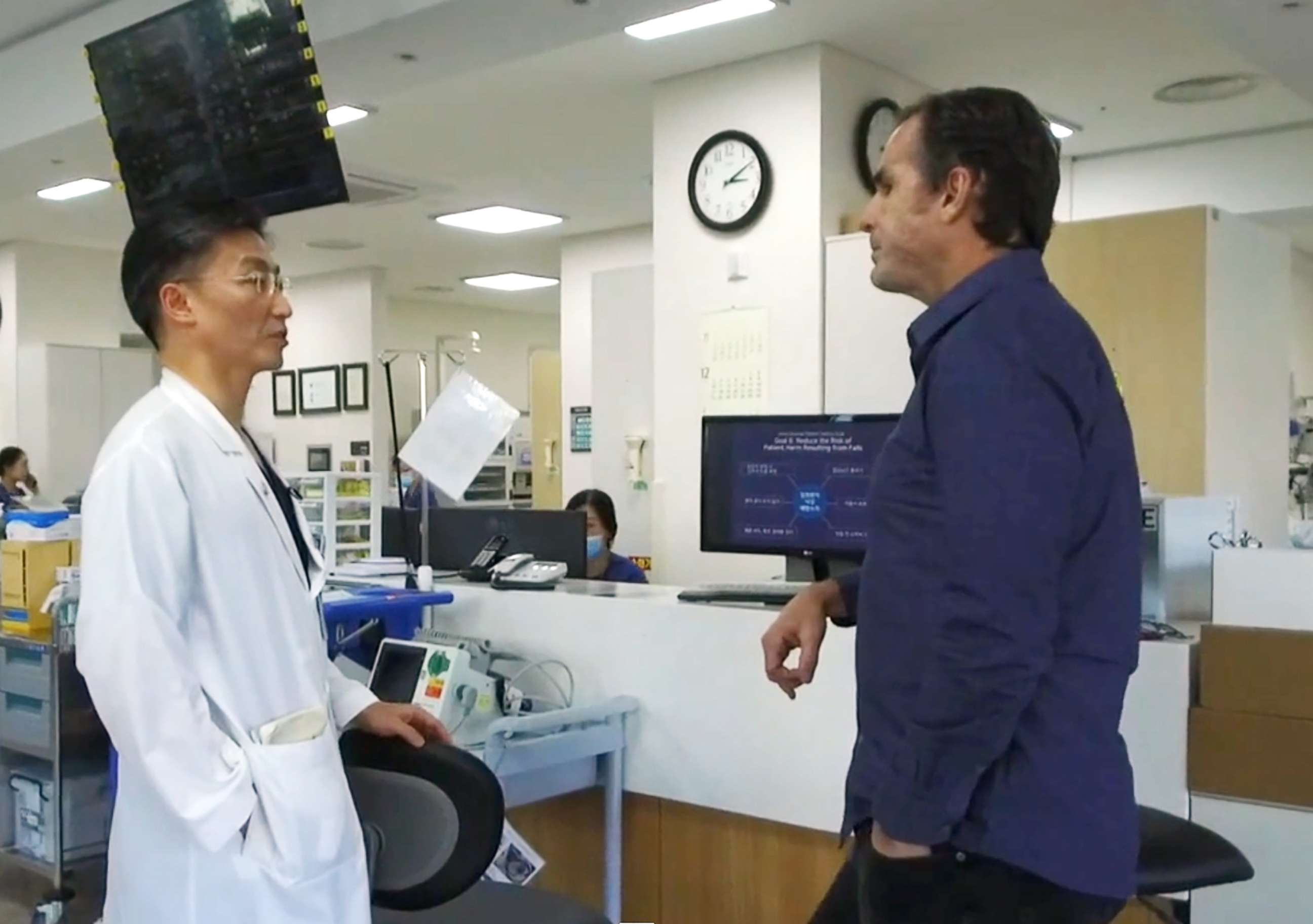
He started off his “mission” by insisting a helicopter landing pad be installed at the Ajou University Hospital. After he says was ignored, he bought a can of white paint himself one day, seven years ago, and went out to the hospital compound and painted a giant “H" in the middle of a road.
“It was my way of telling authorities how desperate I felt to facilitate critical care patients,” Lee said.
Projects with the US military "Dustoff" team followed, leading to joint partnership to treat American soldiers and families.
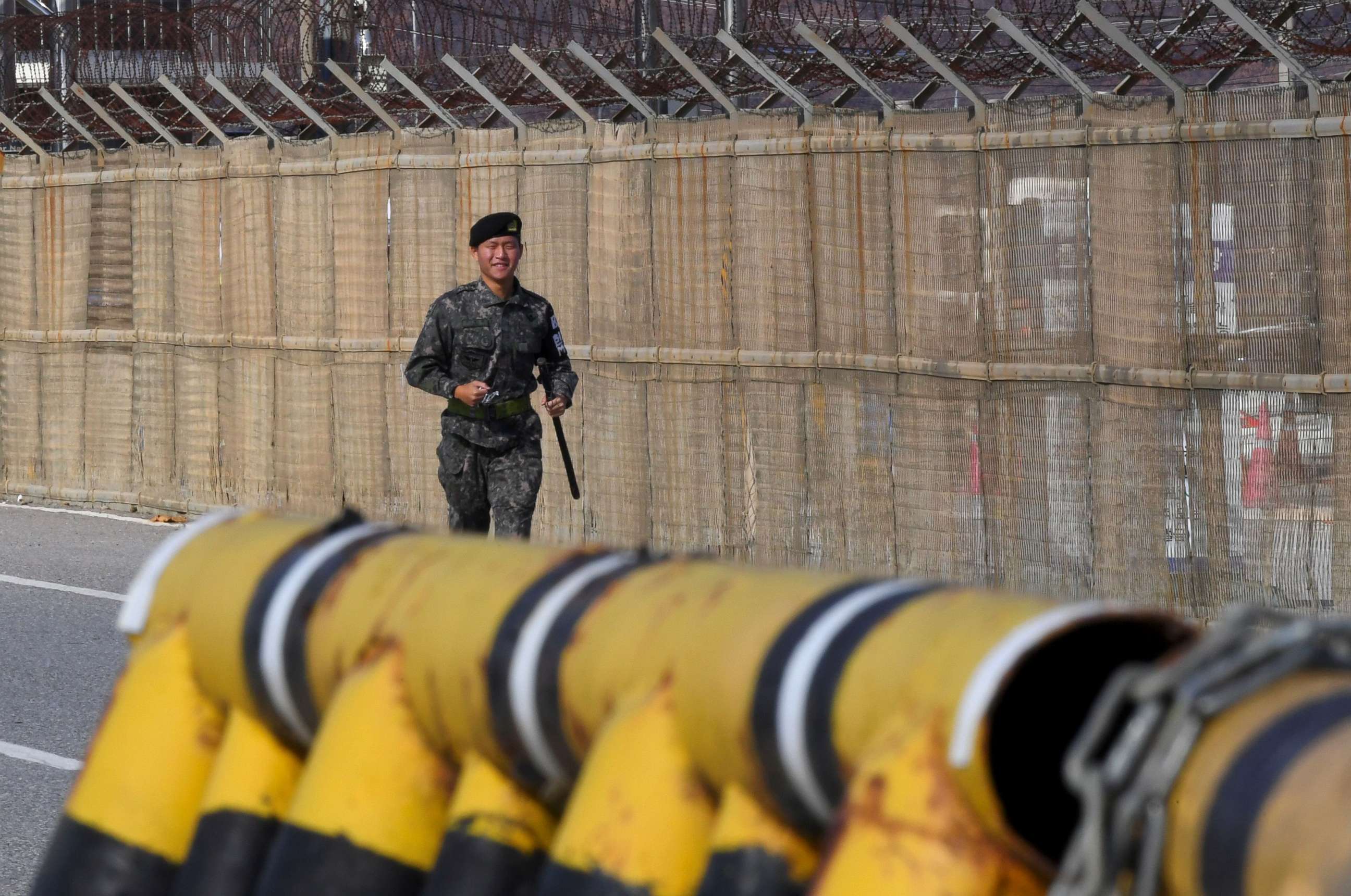
Lee constantly expresses gratitude to the Americans, pointing out a special relationship which carries on through generations within his family.
“My father was a communications signal corpsman during the Korean War fighting alongside American soldiers using US-made Motorola [equipment],” he said, proudly showing off a wall full of photos of American doctors and military generals. “My uncle fought in the Vietnam War for the Americans.”
“I became a trauma surgeon thanks to teachings from these American doctors at UC San Diego,” he added, “and now my son is in the U.S. studying at a military academy.”
Since making it to the South, the North Korean soldier, Oh, was transferred to a South Korean military hospital for aftercare, was granted South Korean citizenship, and has been currently undergoing an education program to help him adapt to a new life in a free, democratic society.
ABC News' Hakyung Kate Lee, Yejin Jang, and Jaesang Lee contributed to this report.




